Click picture to advance the slideshow.
It’s 9:30 a.m. and Ben Fink is leaning over his camera composing the first shot of the day. The subject: a coconut layer cake.
“Hit it with the jelly beans.”
Maggie Ruggiero, the food stylist, is poised over the pearly-white cake. She opens the palm of her hand, and the jelly beans cascade in a rainbow shower. They plunge through the pristine coconut shavings on the icing and come to rest, splattered across the cake.
Fink pauses for a moment and then straightens up. He steps away from his camera while simultaneously reaching back and nonchalantly pressing the shutter button.
He takes a few short steps to an iPad that serves as his monitor. The client is already there, waiting for the image to appear. Fink joins him. They both bend forward to take a closer look.
“The jelly beans are lost in the peaks and valleys,” says the client. “But there is a nice wisp of coconut.”
Fink adjusts the camera arm for a higher angle. He takes another shot.
“Those jelly beans seem very Halloweeny,” says the client. “I’m seeing a lot of yellow.”
So begins Day 1 of a cookbook shoot. The schedule dictates 50 images in five days, which means 50 different recipes to cook, prop, and shoot, or 10 completed images each day. It’s a punishing schedule, but nothing Fink can’t handle.
The lensman has photographed more than 35 cookbooks, including the James Beard Award–winning Artisan Baking Across America by Maggie Glazer (Artisan, 2000) and Screen Doors and Sweet Tea by Martha Foose (Clarkson Potter, 2008). From a childhood in poverty in the tough Frayser section of Memphis in the 1970s, Fink made, as he tells it, a near miraculous escape from what might have been an extremely limited life. He made his way to New York City, where he worked hard, learned on the job, earned his stripes shooting for food magazines, and eventually attracted the attention of some of the industry’s biggest publishers and celebrity chefs. Today, Fink counts Rachael Ray, Bobby Flay, and Jacques Pépin among the long list of clients who trust his eye to capture their creations in the pages of their cookbooks.
Dressed in jeans and a black T-shirt and sporting a rakish goatee, Fink has a relaxed but commanding presence. His working style is unfussy, pragmatic, and quick. He can shoot a roast chicken in two minutes after it has come out of the oven. He’s also hands-on: If he doesn’t like the way the bird is sitting in the pan or on the plate, he’ll step out from behind the camera and adjust it himself.
Twenty years ago, things were different. In order to tighten the skin of a chicken and to give it a glow, a trick of the trade was to pre-boil, dust with detergent, and apply Kitchen Bouquet before putting the chicken in the oven. The fashion now is less artificial and far less controlled. But some tricks are still used, including a spritz of water or a dab of Karo syrup to make a dry surface glisten. But Fink prefers not to resort to such methods. He wants his photographs to look authentic and the food to remain edible.


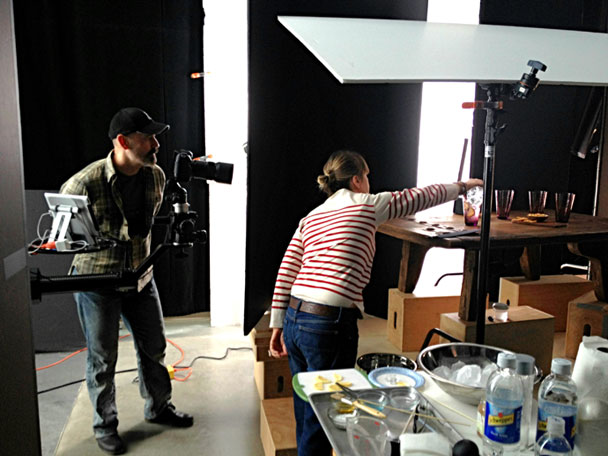
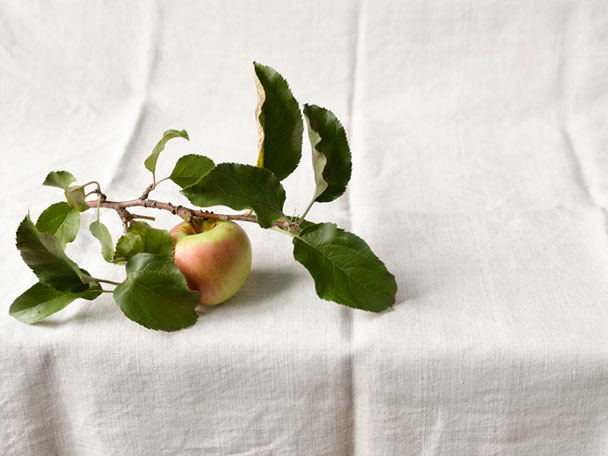
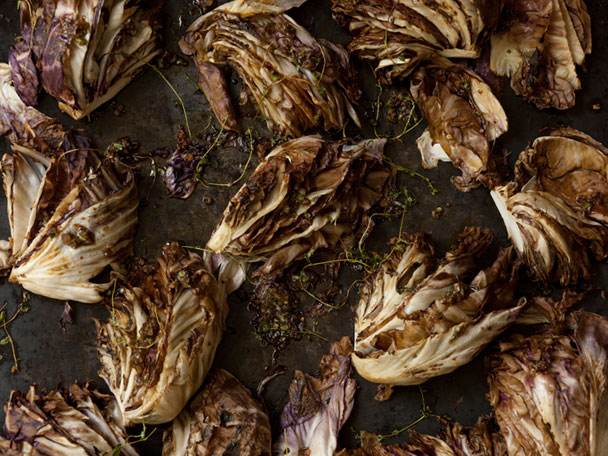
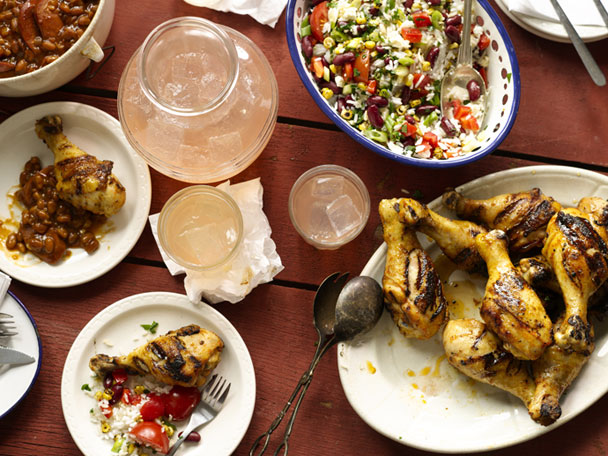
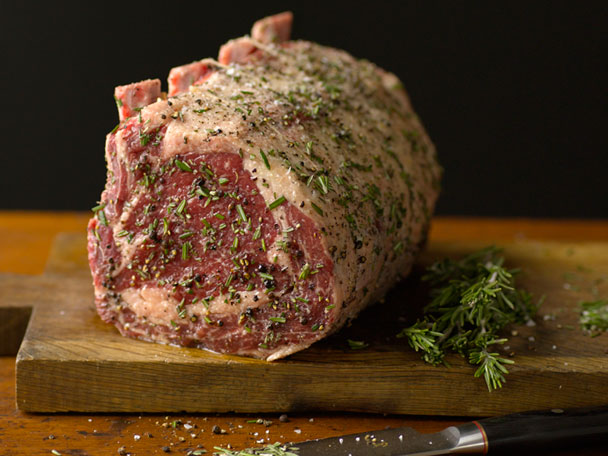
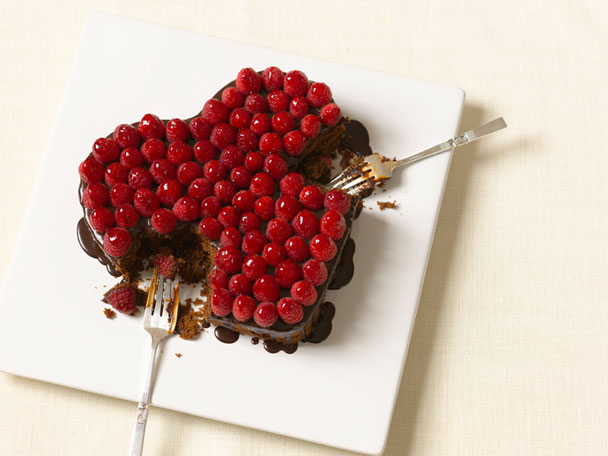
 Pinterest
Pinterest


